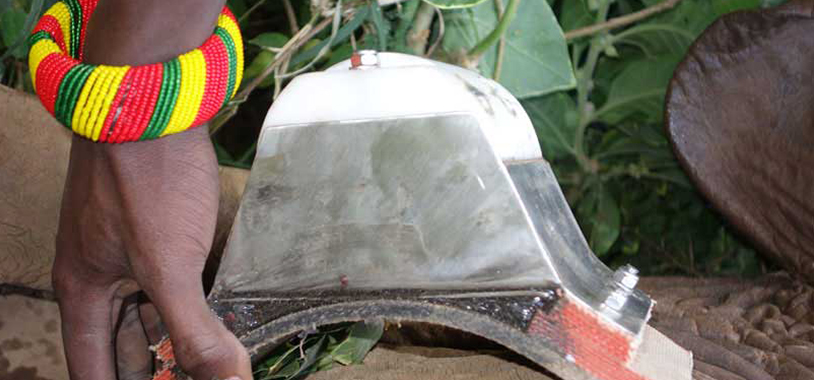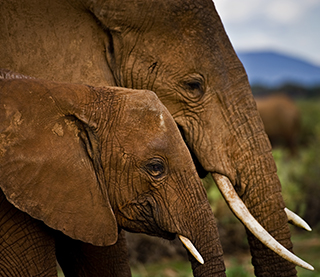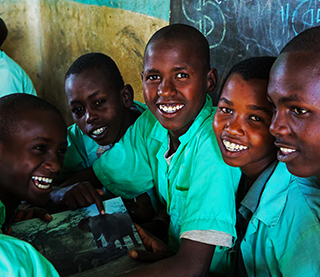
Counting elephants
The knowledge of declines and surges in population help conservationists and managers plan to avoid conflict, or put measures in place when the elephants are on the brink.
Accurate application of tried and tested methodology has held Iain Douglas-Hamilton and Save the Elephants in high repute for decades, as in the 70s, 80s and now late 2000, data has helped sound the alarm about the elephant crises of our time.
The value of periodic censuses cannot be overstated. In the 1970s, Iain was the first to carry out a Pan-African elephant survey, pulling together experts from across Africa to get accurate and verifiable data on the species. Over time, new methods included demarcating the counting strips with fixed rods attached to the wing struts, and in taking more intensive altimeter readings when flying over mountainous areas. Habitat monitoring was recorded.
Keeping close track of the dead to live ratios helped in mapping safe zones for the animals, and also showed the significance of protected areas over time.
Our most recent count in Tanzania has come out with startling results; showing that elephants are truly at a crucial tipping point.
Early in 2014, Elephants without Borders conducted an independent assessment of Kenya’s most important elephant population, in Tsavoto verify and bolster the findings of the KWS census conducted in February. The results showed that the region is not in crisis, but is nonetheless afflicted by a serious poaching problem.
More Projects Under Research

STE and Google Earth
Conservation has inextricable links with information technology, and innovative solutions to conservation problems now abound.

Elephant Accelerometers
Accelerometers detect motion by sensing g-forces, and when placed on animals can be used to measure body orientation, overall activity levels and specific behaviors of elephants
Dnate
The fate of elephants is in the balance. The record price of ivory has attracted organised crime, rebel militias and even terrorist groups, fuelling a surge of poaching across the continent. Without the outstanding support and generosity of our donors, STE would not be able to continue securing a future for the elephants. We urgently need your support, while there is still time. You can be of vital assistance by donating to either our core funds or to any of our projects.
How You Can Help
Over the last years our world-leading conservation efforts have been possible thanks to the dedication and generosity of loyal supporters. To join them you can donate in a number of ways:

Elephant Crisis Fund
Elephants are fast disappearing from the wild. Without urgent, international action they could be gone within a generation. The Elephant Crisis Fund provides rapid, catalytic support for the most effective projects designed to stop the killing, thwart traffickers and end the demand for ivory. 100% of all donations reach the field.

Online Donation
Save the Elephants is funded almost entirely by private donations. It is only through the generous support of donors that we are able to continue our important elephant conservation work. We rely entirely on funds, grants and donations from around the world, so thank you for helping us to secure a future for these fascinating creatures.

Education - Support a Child
Our unique brand of conservation education encourages students to become ambassadors of their rich environment. We also give opportunities to friends around the world to help educate young minds and improve the infrastructure of their schools. Sponsor a child & help build a future for wildlife.
Spread the Word
The fate of elephants is in the balance. The record price of ivory has attracted organised crime, rebel militias and even terrorist groups, fuelling a surge of poaching across the continent. Without the outstanding support and generosity of our donors, STE would not be able to continue securing a future for the elephants. We urgently need your support, while there is still time. You can be of vital assistance by donating to either our core funds or to any of our projects.








